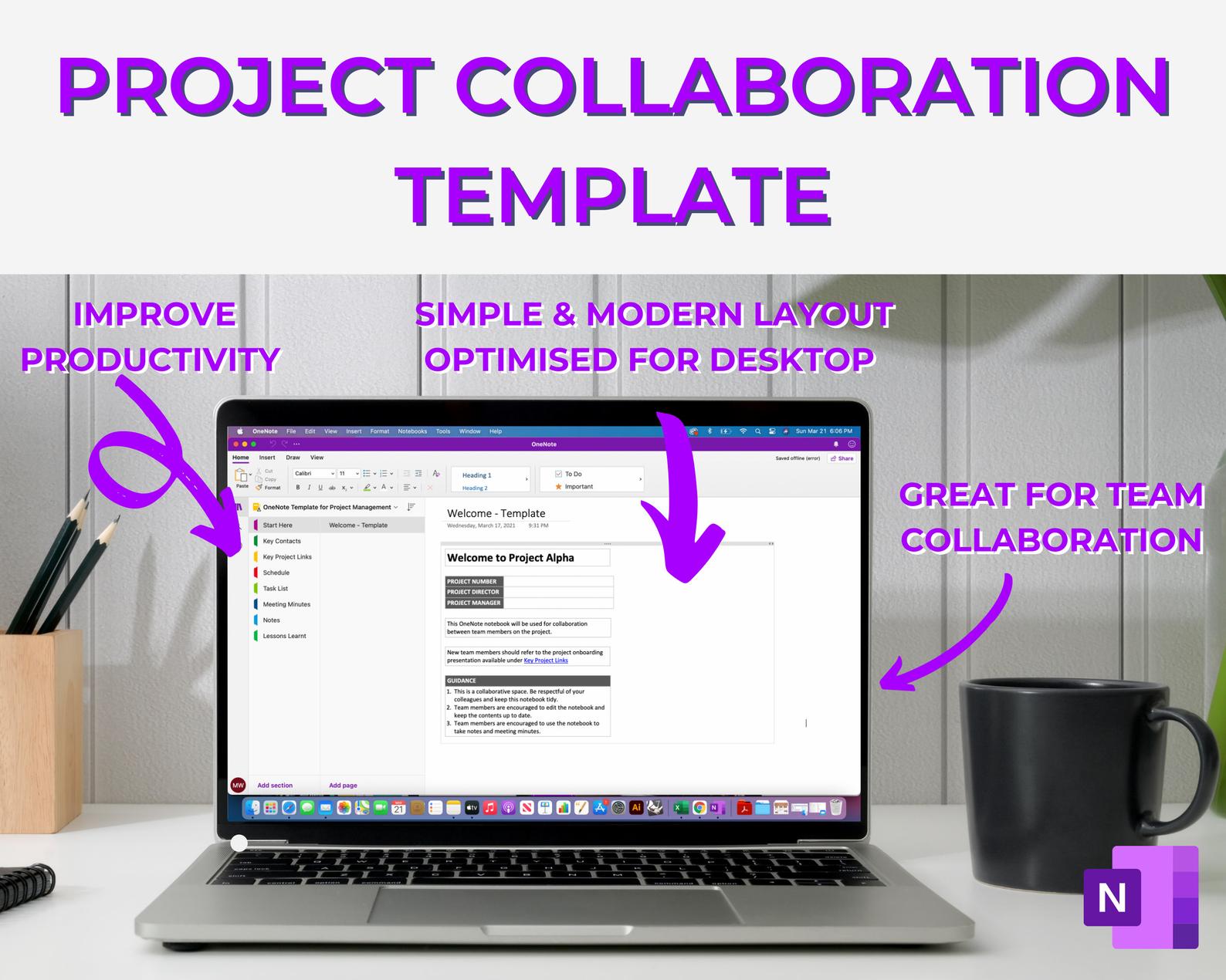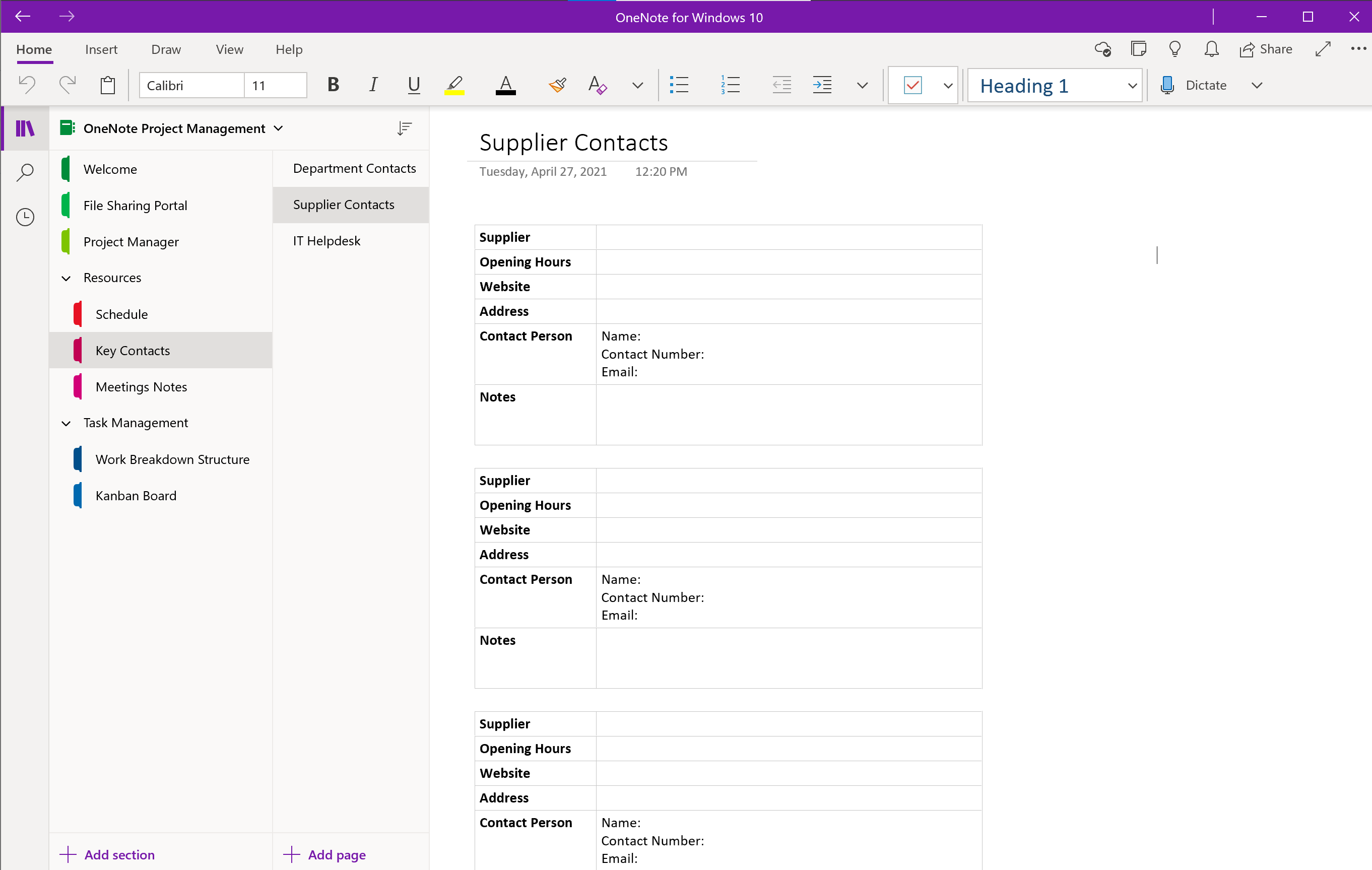

First, within OneNote, you can click on Meeting Details and select a meeting from your Calendar, which will open the meeting details with a place for you to enter Notes in OneNote. There are several great options for taking notes. Notes: I create pages within the Notes tab for calls, meetings, and hearings. If I am on a call and need to refer to a document, I go to OneNote where I can easily find it without having to search through emails or folders.

Or you can send an Excel or Word document to OneNote by printing and selecting send to OneNote. You can simply drag and drop attachments from Outlook directly into OneNote. For example, complaints, answers, case management orders, declarations, hot documents, important case authorities, etc. You can also send these emails by sharing the section or page right from OneNote.ĭocuments: I use this section to save documents I know I will need again. Your important emails are then easy to find in one place when needed. If the email has an attachment, it will also be included with the email in OneNote. I may create other tabs depending on the matter (e.g., experts, to dos, summary judgment, depositions, and trial.)Įmails: You can send important emails (e.g., meet and confer emails) from Outlook directly to a section or page in OneNote. I create sections or tabs labeled: Emails, Documents, Notes, Contacts and TimeLine.

I create a notebook for each of my litigation matters and share them with team members. It integrates seamlessly with Outlook and is easy to use and organize. I use OneNote as a project management and note taking application.


 0 kommentar(er)
0 kommentar(er)
